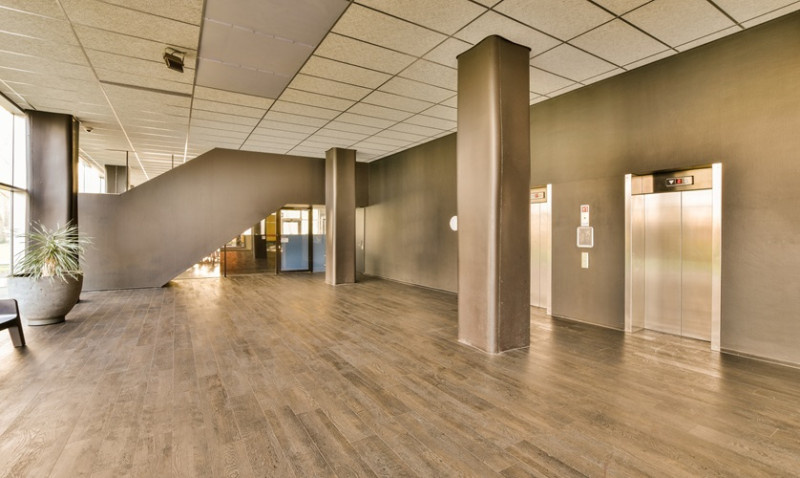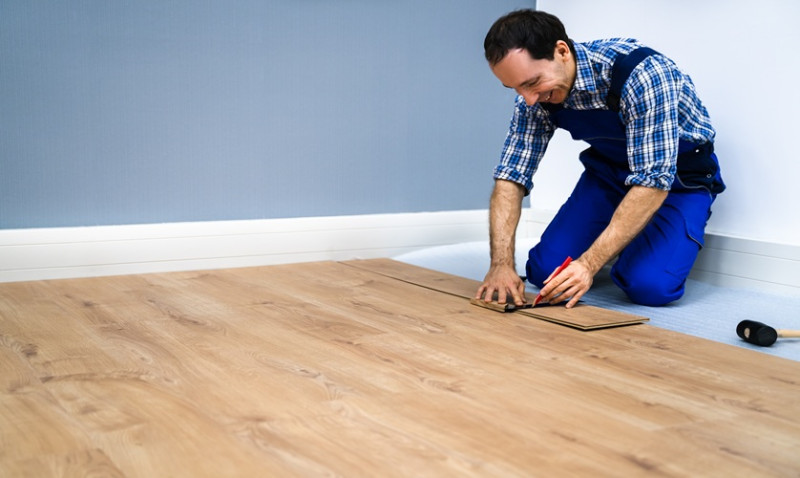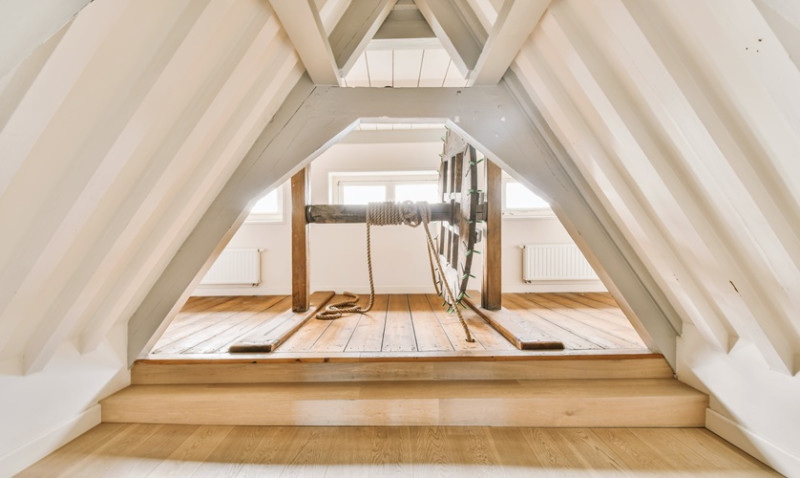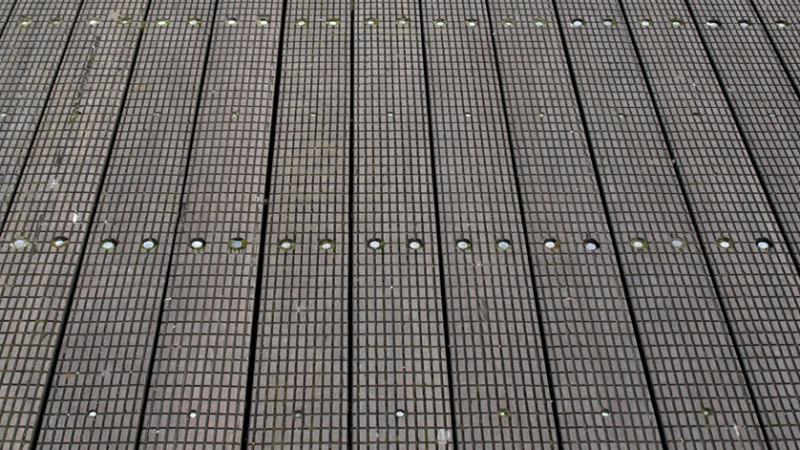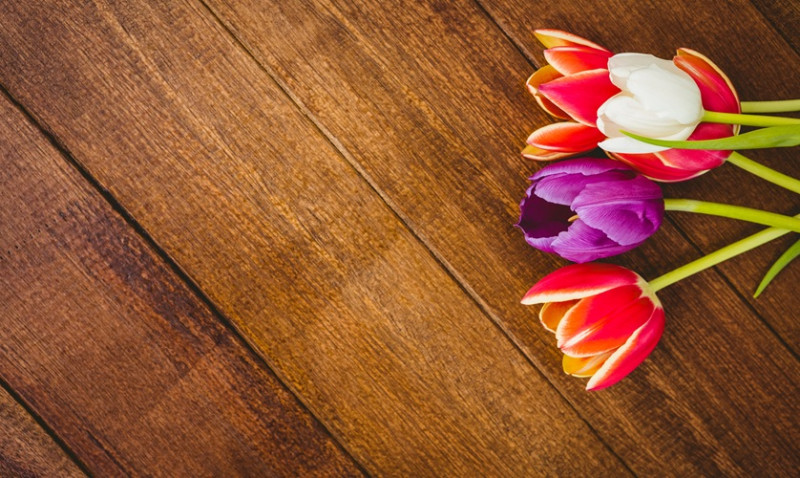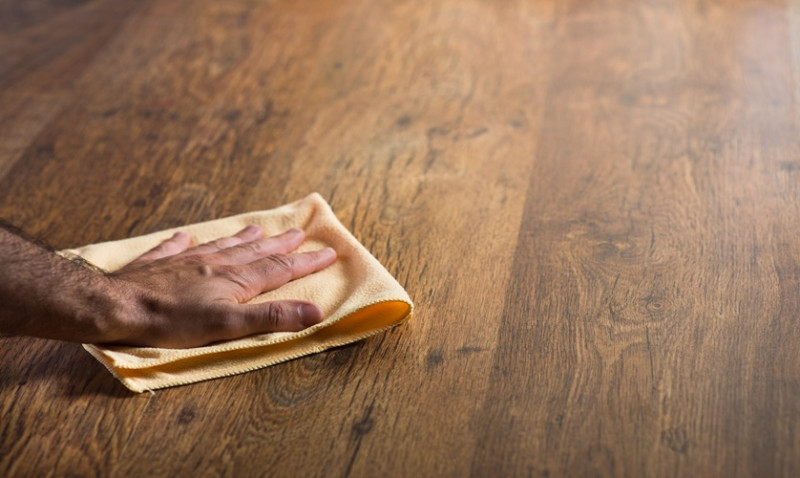
Dark stains on your hardwood floor can be both an eyesore and a cause for concern, especially if you've invested time and money into creating a warm, characterful space. Whether you're a homeowner embarking on a DIY project, a professional interior designer, or a tradesperson working to refresh a client's space, understanding what causes these stains—and how to remove them—is key to maintaining beautiful flooring in any UK home.
These dark patches aren’t just surface-level blemishes; they often signal deeper problems within the wood. In most cases, they result from moisture penetration, pet urine, mildew or mould, iron stains, or even long-neglected spills. Over time, these factors can oxidise, penetrate the finish, and permanently taint the hardwood underneath. Some of these stains are merely cosmetic, while others could point to more serious structural issues related to damp or mould.
If you're dealing with oak, beech, maple, or another popular hardwood species in the UK, remember that each reacts differently to water and contaminants. For example, oak tends to develop black stains where iron from nails or water has caused a chemical reaction within the acidic tannins of the wood. Recognising the underlying cause of a stain is essential before deciding on your plan of action, so you don't end up wasting time—or worse, damaging your floors further.
Let’s dig into the most common causes of dark stains on hardwood floors and how you can remove them safely and effectively.
Common Causes of Dark Stains on Hardwood Floors
1. Water Damage
Water is the number one enemy of hardwood. Whether from a leaking pipe, spilled drink, or potted plant, extended exposure to moisture can lead to discolouration. These stains often appear gray or black and may warp or soften the wood over time if left untreated.
2. Pet Urine
Pet accidents can cause significant staining, especially if not cleaned up promptly. Urine contains ammonia and uric acid, which penetrate the wood and react with the tannins, leading to dark, possibly permanent marks and strong odours.
3. Mould or Mildew
In humid UK homes, particularly in older Victorian-era buildings lacking proper ventilation, dark spots may signal mould or mildew underneath the finish. Not only is this unsightly, but it can also pose health risks, especially for allergy sufferers.
4. Iron Stains (Chemical Reactions)
Iron from nails, screws or even cleaning agents can react with the tannins in wood like oak, leading to blue-black discolouration. These reactions are particularly common around old carpet tacks or where metal objects have sat undisturbed for years.
5. Old Spills and Ingrained Dirt
Years of foot traffic, forgotten wine stains, or even wax polish build-up can darken high-traffic areas. Sometimes these are simply cosmetic, while in other cases, the stain may indicate deep penetration into the grain of the wood.
How to Remove Dark Stains from Hardwood Flooring
Before you reach for harsh chemicals or start sanding down your floorboards, it's crucial to assess the depth and cause of the stain. Here are some of the most effective methods used by DIYers and flooring specialists alike.
1. Clean the Surface Thoroughly
Start by cleaning the stained area with a soft cloth and a gentle hardwood floor cleaner to see if the discolouration is just surface-level dirt. Avoid soaking the floor—use minimal water and dry it promptly.
2. Use Hydrogen Peroxide for Light Stains
Hydrogen peroxide, available from most UK chemists and DIY shops, can work wonders on mild, organic stains. Soak a cloth in 3% hydrogen peroxide, lay it over the stain, and leave it overnight. Repeat for several nights if necessary. Always test this method in an inconspicuous area first.
3. Apply Baking Soda Paste
A simple home remedy of baking soda and water made into a paste can lift some stains when left to dry and then gently scrubbed away. This method is perfect for oily or greasy marks.
4. Oxalic Acid for Black Iron Stains
Oxalic acid—available in most builders’ merchants across the UK—is specifically suited for removing black stains caused by a chemical reaction. Mix the crystals with warm water, apply using a brush, let it dry, and then neutralise with a water and baking soda solution. Be sure to wear gloves and follow safety instructions carefully.
5. Sanding for Deep Stains
For extensive or deep-set stains, you may need to sand the affected area using a fine-grit sandpaper. This will remove the stained finish and top layer of wood. After sanding, the area must be cleaned, stained to match the rest of your floor, and resealed using a protective wood varnish or oil.
6. Replace Boards if Necessary
In cases where the stain has penetrated too deeply—common with pet urine or prolonged moisture exposure—it might be more practical to replace the affected floorboards altogether. This ensures the structural integrity of your floor remains uncompromised, especially in historic or high-traffic spaces.
When to Call in a Professional
While many stains can be handled with DIY methods, there are times when a professional flooring specialist should be called. If your hardwood floor is part of a listed property, for example, or if you suspect there's mould or structural moisture below the floorboards, getting expert help is key.
Professional restorers can also help seamlessly match stains, colours, and finishes—ideal if you're working in a commercial property or period home where aesthetics matter. They also have access to sanding and sealing equipment that can deliver more consistent, long-lasting results.
Additionally, for tradespeople and interior designers, working with a specialist ensures minimal disruption to a space while maintaining your standards of quality and workmanship for clients.
Preventing Future Stains
Prevention is the best method when it comes to preserving your hardwood floors. Most homeowners and renters in the UK can avoid dark stains with a few simple practices:
- Use mats at entrances and in high-moisture areas like beside sinks or under indoor plants
- Wipe up spills immediately—especially wine, tea, or pet accidents
- Use breathable rugs and avoid non-slip pads that can trap moisture
- Ensure proper ventilation to reduce indoor humidity levels
- Seal your floorboards with the appropriate oil or lacquer every few years
Whether you're dealing with a recent stain or looking to refresh an old, beloved floor, tackling dark blotches doesn’t have to be daunting. Armed with a bit of patience, testing, and care, you can restore even the most stained floorboards to their former glory—and re-energise your space in the process.
Final Thoughts
Dark stains on hardwood floors are not uncommon, but they don't have to become permanent fixtures in your home. From simple cleaning to advanced sanding or board replacement, there’s a solution for nearly every budget and level of experience. Paying close attention to floor maintenance and acting quickly helps avoid costly repairs in the future.
Whether you're a young couple renovating your first flat, a designer looking to add value to a project, or a tradesman advising a client, knowing how to deal with hardwood floor stains will give you an edge in both aesthetics and property longevity.
